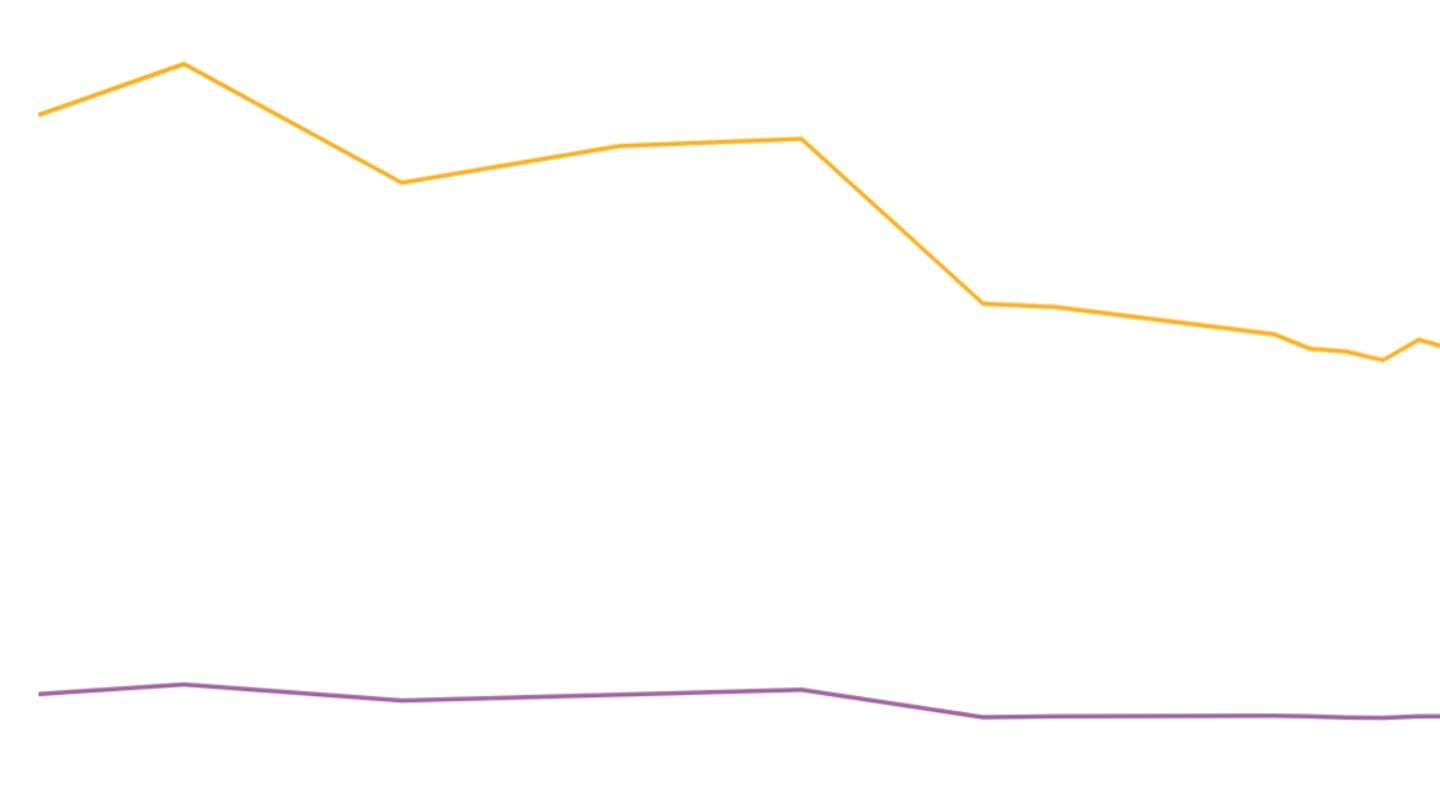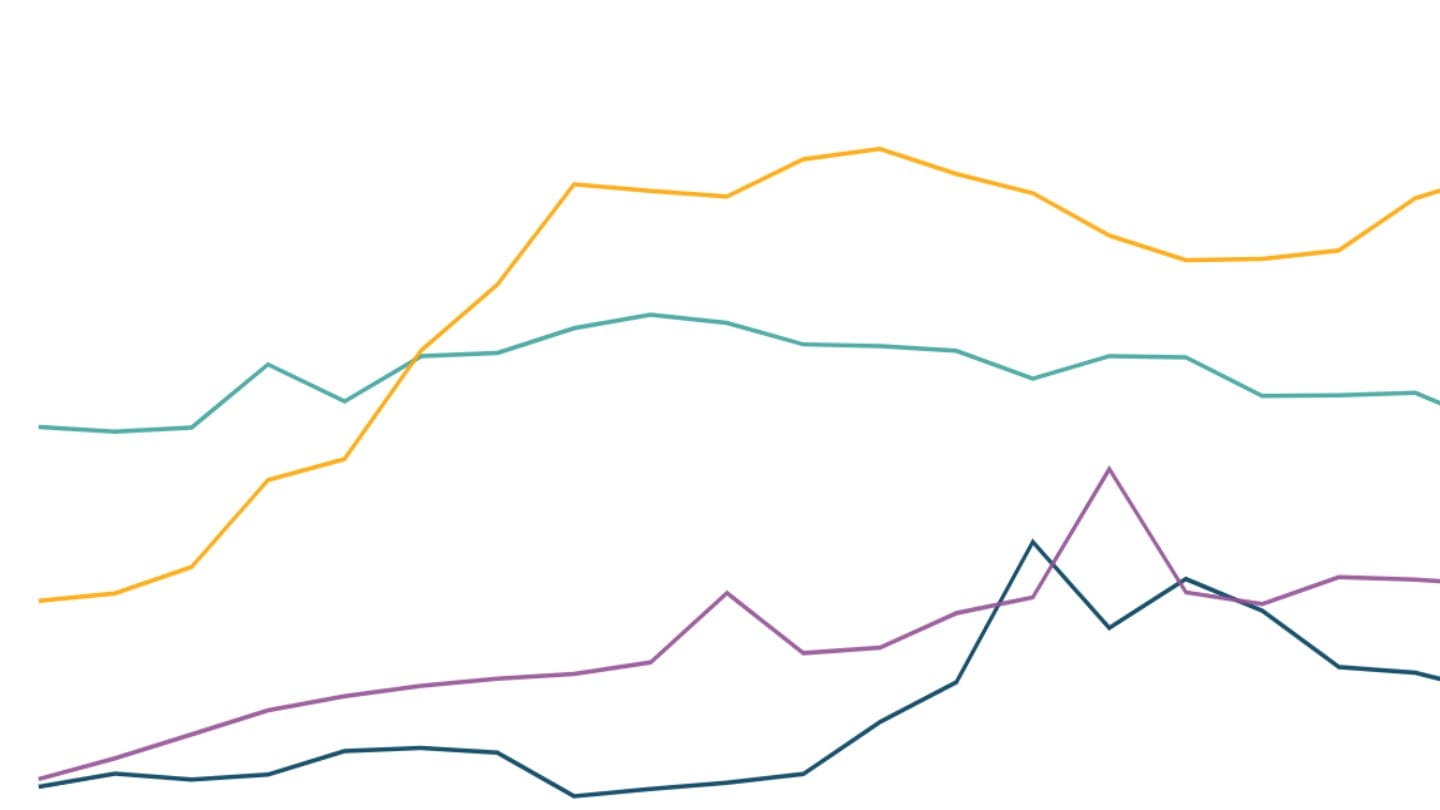Estimating the true extent of road accident fatalities
By official statistics, India has the largest number of reported deaths from road accidents of any country. But these are likely significant underestimates.
Deaths from road traffic injuries are a critical indicator of road safety and an essential input for developing effective safety policies. Globally, data on road accident mortality comes from diverse sources, including police records, government statistics, death registration systems, and health records.
We examine road accident mortality by using data from official government records such as the Government of India's Ministry of Road Transport and Highways (MoRTH), demographic surveys like the Sample Registration System's Cause of Death surveys, and international databases such as the World Bank's World Development Indicators.
Police-reported fatalities
The Indian government's Ministry of Road Transport and Highways (MoRTH) publishes annual road accident reports based on data collected from police departments across the country. The Transport Research Wing under MoRTH collects road accident data from state police departments using standardised formats developed under the UNESCAP Asia Pacific Road Accident Data project.[1] These formats were revised in 2017 by a committee of experts, including representatives from academia, the World Health Organization, state police and government ministries.
In addition to the ministry, the National Crime Records Bureau (NCRB) of India also compiles road accident data. The NCRB compiles accident data from First Information Reports (FIRs) filed by police across India. This includes information on fatalities, injuries, and legal aspects related to road accidents. NCRB's data is focused on law enforcement and justice outcomes, offering insights into the legal and criminal dimensions of road accidents.
While both MoRTH and NCRB report similar overall fatality counts for road accidents, we rely on data from MoRTH as we find its methodology to be more transparent, and the data to be more granular. MoRTH data provides valuable insights into indicators such as fatality rates by population and vehicle count, rural versus urban distribution, and the role of traffic violations.
Underreporting in official data
Despite these robust frameworks, underreporting remains a significant issue in official road accident statistics. For instance, fatalities that occur in hospitals after 30 days often go unrecorded on account of a lack of linkage between police and hospital records. Additionally, the Indian Penal Code does not allow charges against inanimate objects, resulting in unreported cases where no responsible human is identified. These inconsistencies in reporting can lead to inaccuracies in identifying the cause of death, the victim, and the vehicle involved.[2]
As a result, we turn to two indirect estimates of road accident deaths to compare officially reported data with.
Verbal autopsies - the Sample Registration System
The Sample Registration System's (SRS) Cause of Death reports, conducted by the Office of the Registrar General of India, provide independent estimates of road accident fatalities through household-level verbal autopsy surveys. Covering a sample of 8.8 million people in the most recent year (2021-23), the SRS reported that 2.9% of deaths in that period were from motor vehicle accidents. Using mortality rates for India from the SRS annual statistical report and population estimates from the Census 2011 Population Projections to obtain the estimated total deaths in India in that period, we find that the SRS produces an estimate of approximately 271,300 road accident deaths in 2022. We use this source to obtain an overall estimate of road accident fatalities that could compensate for underreporting.
Modelled international estimates
We also use global estimates from the World Development Indicators by the World Bank for international comparisons. This database uses estimates from the World Health Organization's Global Health Observatory. The WHO's data modeling uses regression-based methods to estimate road traffic mortality rates for countries like India with incomplete death registration data.[3]
[1] Road accidents in India, 2022, Ministry of Road Transport and Highways, Government of India.
[2] Road accidents in India, 2022, Ministry of Road Transport and Highways, Government of India.



